When it comes to knowing the difference between hair vs fur, how can you tell them apart? There are many differences between these two features, whether you know it or not. While humans have hair, we don’t have fur, but there are many different animals that have either fur or hair. It all depends on the species!
In this article, we will discuss how to tell hair and fur apart, as well as what the purposes of both are in relation to humans and animals. While you may not have thought much about these two features, there are key differences between them. Let’s get started now.
Comparing Hair vs Fur
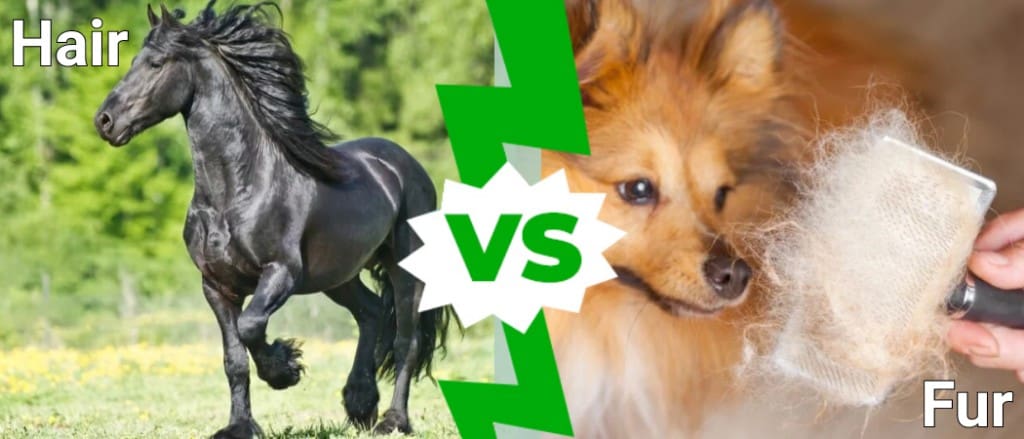
| Hair | Fur | |
|---|---|---|
| Texture | Varies, but often less dense than fur; can be soft, straight, smooth, frizzy, wavy, etc | Often densely packed and smooth, but can also be coarse and hard; some fur is extremely soft |
| Uses/Purpose | Fashion, very little insulation purposes | Used for insulation, especially when an animal has a double coat |
| Growth | Continues to grow throughout lifetime; needs trimming | Grows to a certain length; sheds seasonally rather than continues growing in length |
| Human or Animal | Humans or animals | Animals only |
| Layers or Density | Single layer, can range in follicle size and amount of follicles | Can have multiple layers of fur for extreme climates; ranges in density and thickness |
The Main Differences Between Hair vs Fur
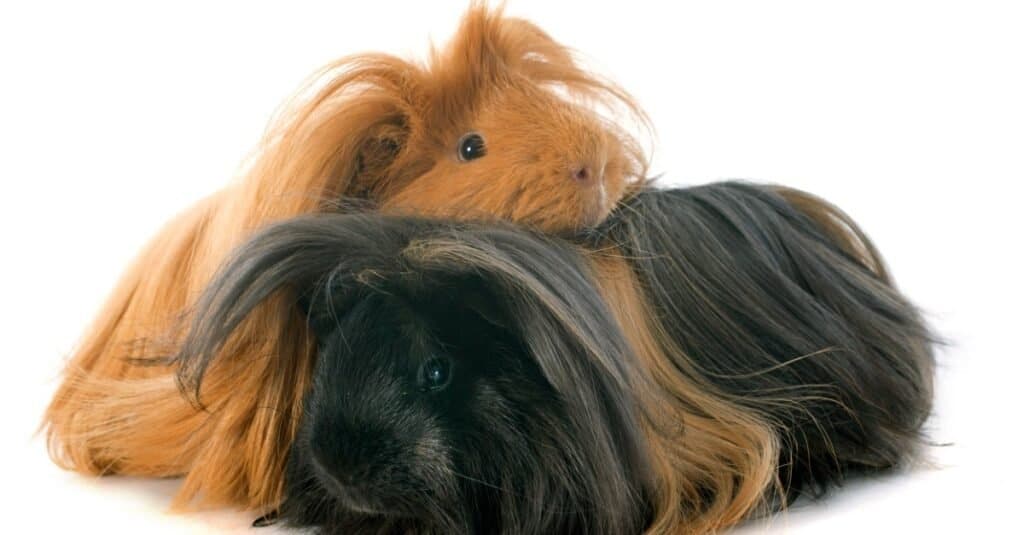
The simplest difference between them is that hair can grow on either humans or animals, while fur is present on animals only.
©iStock.com/cynoclub
There are many key differences between hair versus fur. The simplest difference between them is that hair can grow on either humans or animals, while fur is present on animals only. Hair grows to great lengths and needs trimming throughout our lifetimes, while fur reaches a length and maintains that length for the duration of an animal’s lifetime. Finally, the overall purpose of hair and fur is different.
Let’s take a closer look at all of these differences so that you can get a clear picture of both of these concepts.
Hair vs Fur: Purpose and Uses
One of the key differences between hair and fur lies in its overall uses and purposes. Hair is primarily used for fashionable purposes, while fur is a necessary tool for insulation. There are some types of hair present on the human body that are useful for protecting the human body, but hair is not likely to be useful for insulation purposes.
While some animals have hair rather than fur, most of these animals do not exist in cold or harsh climates. Fur is a fantastic insulator when compared to hair, and many animals that live in cold climates need multiple layers of fur in order to survive.
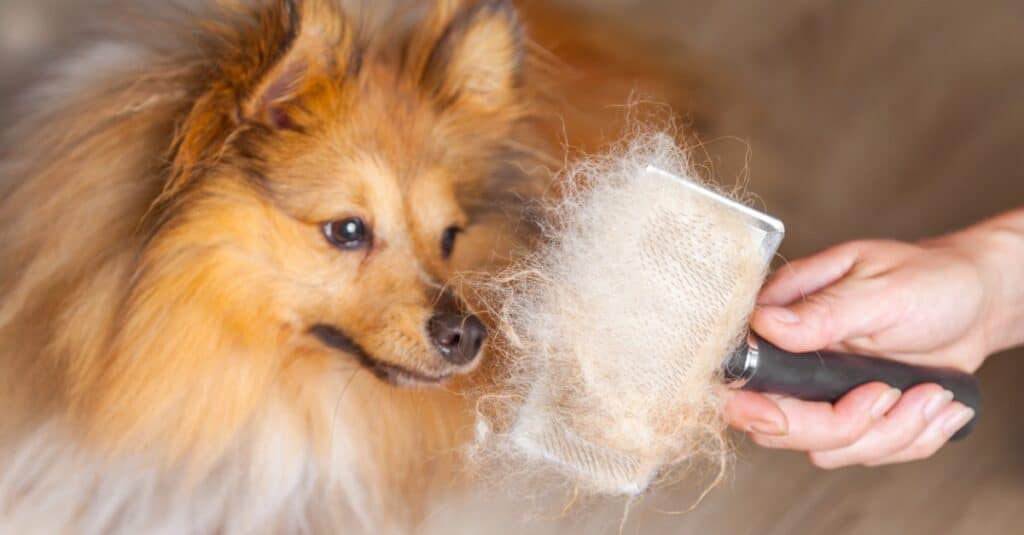
The overall growth of hair differs from fur in that we do not need to shed our hair seasonally like some animals.
©Filmbildfabrik/Shutterstock.com
Hair vs Fur: Texture
Another key difference between hair vs fur is its overall texture. While both hair and fur can be soft and smooth to the touch, the overall density and textural makeup of hair and fur differ quite a bit from one another.
The textural differences in hair can occur even between animals and humans. For example, an animal with hair rather than fur is likely to have very coarse and thick follicles, while humans likely have much softer hair that isn’t as strong or thick when compared to animals.
Hair vs Fur: Where it Grows
When it comes to comparing hair vs fur, knowing where it grows can be a huge difference between the two concepts. For example, hair can grow on either animals or humans, but fur only exists on animals.
The physical location that hair can grow also differs from where fur can grow. Fur is often present all over an animal’s body, from tail to ears, while hair tends to grow on top of our heads and in thin layers all over the body.
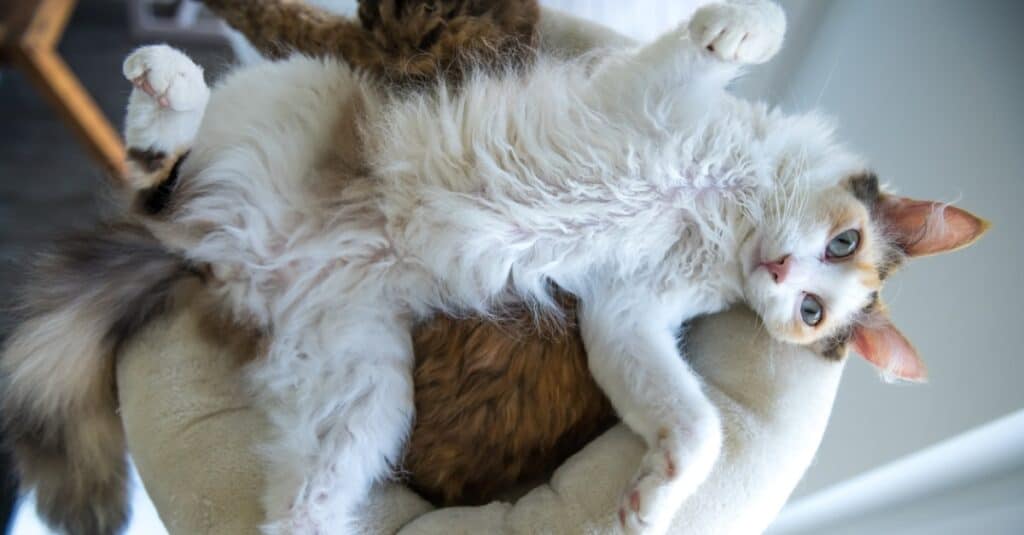
While both hair and fur can be soft and smooth to the touch, the overall density and textural makeup of hair and fur differ quite a bit from one another.
©iStock.com/oxico
Hair vs Fur: Density
Another difference when comparing hair and fur lies in the overall density of the substance. While humans have hair in different densities and thicknesses, it is extremely different in terms of its density. Fur is often found in multiple layers on animals, while hair is always in a single layer.
For example, many animals that live in cold climates have double coats, which means that their fur is doubly layered for insulation and protection. Humans do not use their hair as insulation, and animals that have hair instead of fur are also not equipped to handle cold temperatures.
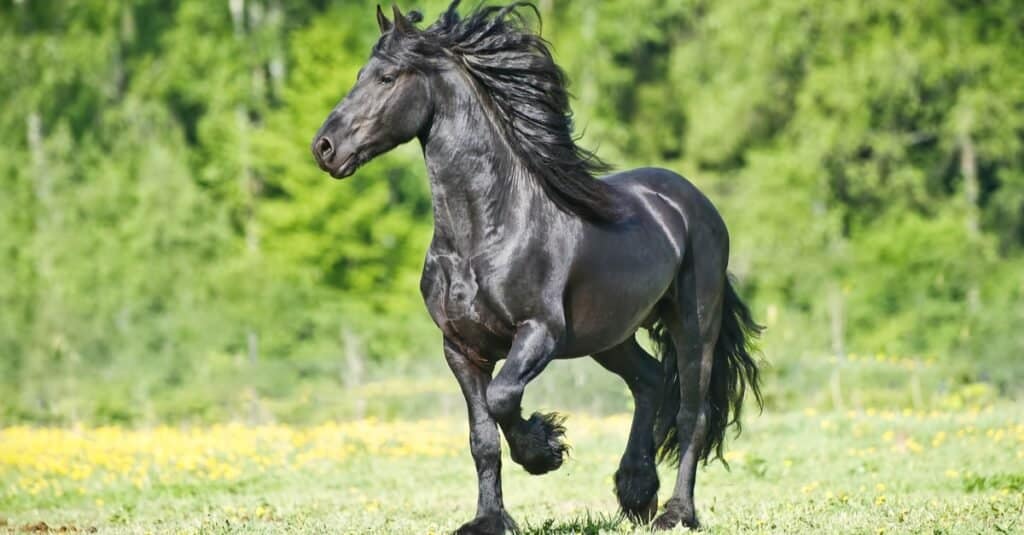
Fur is often present all over an animal’s body, from tail to ears, while hair tends to grow on top of our heads and in thin layers all over the body.
©olgaru79/Shutterstock.com
Hair vs Fur: Overall Growth
A final important difference between hair vs fur is how both components grow. Hair continually grows from its shaft and gains great length, while fur grows to a set length and remains at that length until trimmed or shaved.
While this is a subtle distinction, it is an important one when you consider an animal with thick and insulating fur. It can take a great deal of time for an animal to grow this fur back should it be shaved, leaving them vulnerable to the elements during this time. Hair grows back much faster than fur does, just given the way it is scientifically structured.
The overall growth of hair also differs from fur in that we do not need to shed our hair seasonally. Animals that have fur often have two different periods of time where they shed excess fur in order to adapt seasonally. This may be a subtle difference, but it’s an important one!
The photo featured at the top of this post is © Flower_Garden/Shutterstock.com
Thank you for reading! Have some feedback for us? Contact the AZ Animals editorial team.






